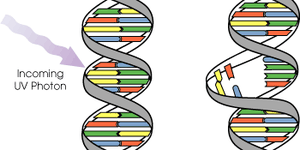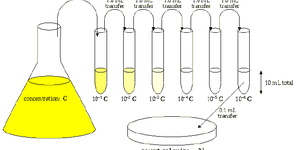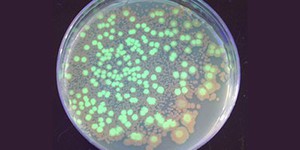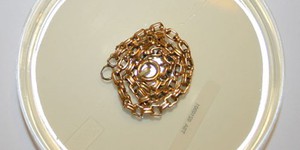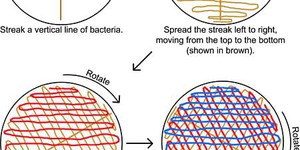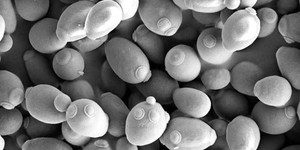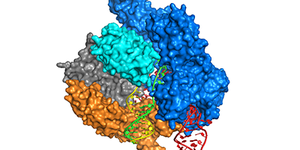Others Like “Learn How to Disinfect Contaminated Water” (top 20 results)
|
This project uses liquid cultures and agar plates to investigate the effects of different concentrations of a food preservative on microbial growth.
Read more
Ultraviolet light can damage DNA molecules. If a cell's DNA repair mechanisms can't keep up with the damage, mutations are the result. As harmful mutations accumulate, the cell eventually dies. How much ultraviolet light is too much for a bacterial cell?
Read more
How does your family thaw and cook meat? Have you ever wondered if it is the safest way? In this practical science project, you can find out and shed light on safe practices in the kitchen by investigating how many viable bacteria are present in samples of meat that have been thawed or cooked using different methods.
Read more
Have you ever heard or read about GMO?
GMO stands for
genetically modified
organisms.
Scientists can deliberately modify the DNA of organisms, such as bacteria or plants, to change their properties for a specific purpose. For example, crops can be modified to become more drought- or pest-resistant. Genetic engineering is a very powerful tool in biotechnology that has already found many different applications in agriculture, medicine, and industry. In this project, you will engineer a…
Read more
Have you ever wondered if a piece of jewelry is real gold or if it's just some ordinary metal alloy? It turns out that some metals have a unique property; even in small amounts, they can be toxic to some organisms, including algae, molds, fungi, and bacteria, although it often takes many hours to see an effect. Can this phenomena, called the oligodynamic effect be used to tell whether or not the gold or silver in a piece of jewelry is real? Do bacteria react differently to pure, plated, and…
Read more
Bacteria are powerful little creatures. They can dispose of contaminants, make us sick and did you know they can even generate electricity? In devices, called microbial fuel cells (MFC) they can extract electrons from their food sources such as organic materials and feed them into an electrical circuit to generate power. This way they can even turn plain soil into a source of energy! Does it matter though what kind of food the bacteria "eat"? Find out how bacteria grow in a microbial fuel cell…
Read more
Do you know what is living in your backyard? How about at the playground, or in your compost pile? Nematodes, also called roundworms, are the most abundant animal on Earth and they might be living in any of these places. In this science project you'll isolate nematodes from several soil samples to discover the best nematode habitats.
Read more
Microbes are everywhere in our environment, but for the most part they escape our notice. This project shows you how to safely culture and study common bacteria from your everyday surroundings.
Read more
Can you imagine a glowing loaf of bread? You might not be able to make the whole loaf glow, but you can get baker's yeast to fluoresce! The way to do this is to modify the genetic information of the yeast organism. The technology that is used to do this is called genetic engineering. With genetic engineering, you can insert a fluorescent protein gene from a jellyfish into yeast cells, so they start glowing under blue light! Do this project to see for yourself!
Read more
Many scientists are currently very excited about CRISPR, as it has the potential to revolutionize gene editing. But what exactly is CRISPR and what does it do? CRISPR is a novel tool in gene editing that allows the modification of genetic DNA at specific target sites in many different organisms. Researchers have high hopes that this technology can, one day, cure genetic diseases, as mutated DNA sequences can easily be corrected. In this project, you will use CRISPR to mutate a DNA sequence…
Read more
|
Explore Our Science Videos
Two-Stage Balloon Rocket Introduction
Ball Launcher: 2018 Engineering Challenge
Build a Solar-Powered Car for the Junior Solar Sprint



